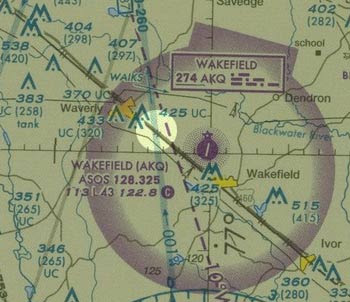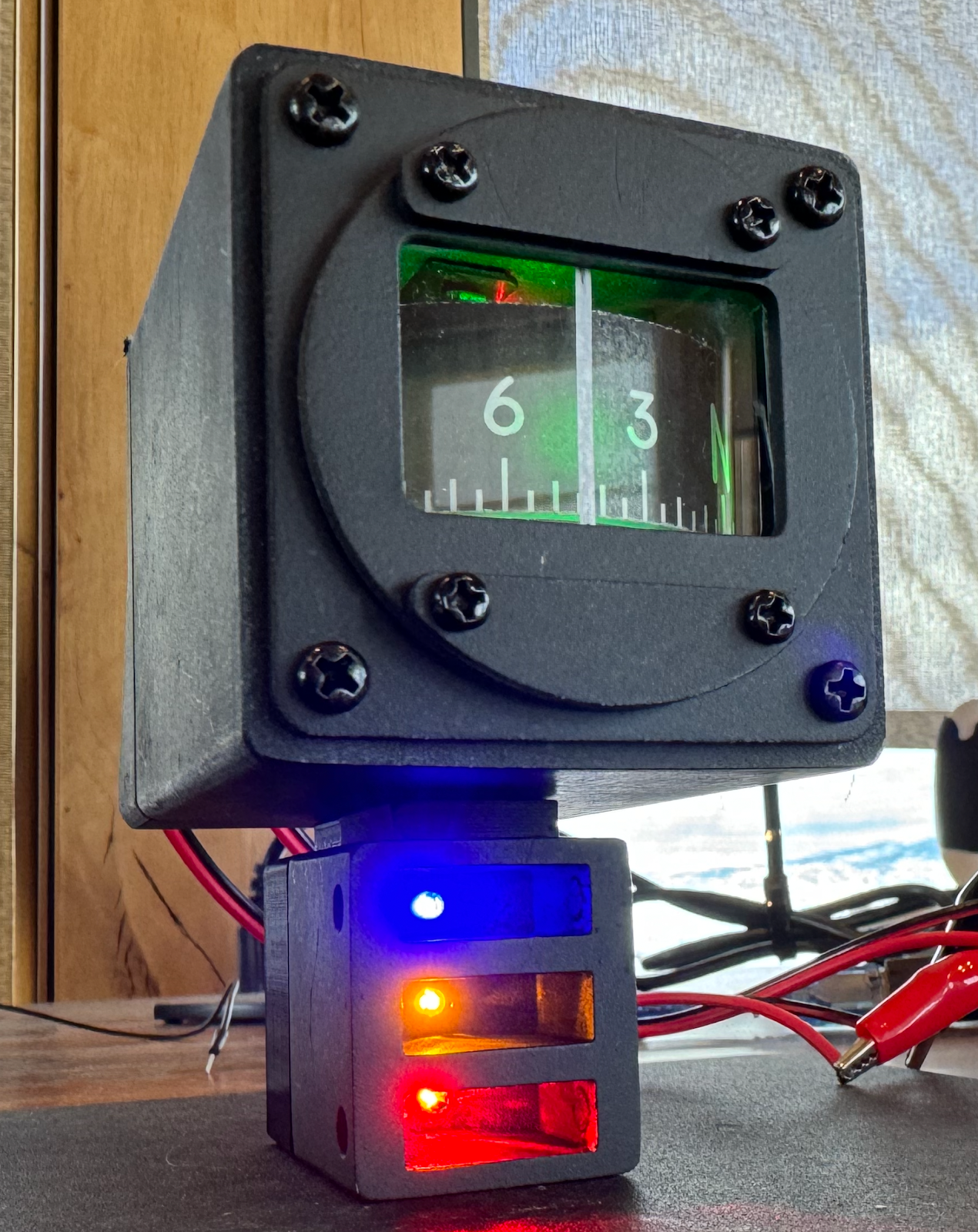VOR checkin'
 One of the requirements for IFR flight (flying in the clouds) is a current VOR check. This only applies if you actually plan to use a VOR from up in the clouds, but even if you're all setup with fancy GPSs and non-so-fancy ADF receivers you still want to be able to rely on your VORs as a backup.
One of the requirements for IFR flight (flying in the clouds) is a current VOR check. This only applies if you actually plan to use a VOR from up in the clouds, but even if you're all setup with fancy GPSs and non-so-fancy ADF receivers you still want to be able to rely on your VORs as a backup.So the FAA requires that you check you VOR receiver within the last 30 days. They provide a variety of different legal ways to perform this check. They are:
- VOT - these are test signals that you can tune in (usually only when on the ground) and put your OBS (omni-range bearing selector) to 360. If you see a FROM indication and the needle is within 4 degrees of perfectly centered - you're all good (don't forget to test with the 180 radial too though)
- Ground checkpoint - special locations at certain airports are listed where you can taxi over and make sure you're VOR indicator shows you on a particular radial. Again, you can have a max of 4 degrees of error.
- Airborne checkpoint - this one is similar to the ground based ones, except for 2 differences - you fly to them instead of taxi to them and you are allowed a 6 degree error in either direction (plus/minus)
- Versus - if you have two VOR receivers that are independent (shared antennae is ok) then you can just dial them in to the same VOR and radial and confirm they are within 4 degrees of each other. This test isn't perfect because both receivers could be off by about the same amount from the real value and you wouldn't know
- Make your own - for this one you find a landmark using the sectional that also falls under a published airway. Then you fly down the airway and verify that your VOR is giving a good reading when you finally fly over the landmark you picked. Ideally the landmark should be about 20+ miles away from the VOR station so that your needle is fairly stable
We flew down to Wakefield and used the road/railway just south of the WAIKS intersection as our test point. We found the receiver only 1 degree off which I was plenty happy with. We recorded it in the log as is required and - BAMM - another 30 days is covered.


Comments